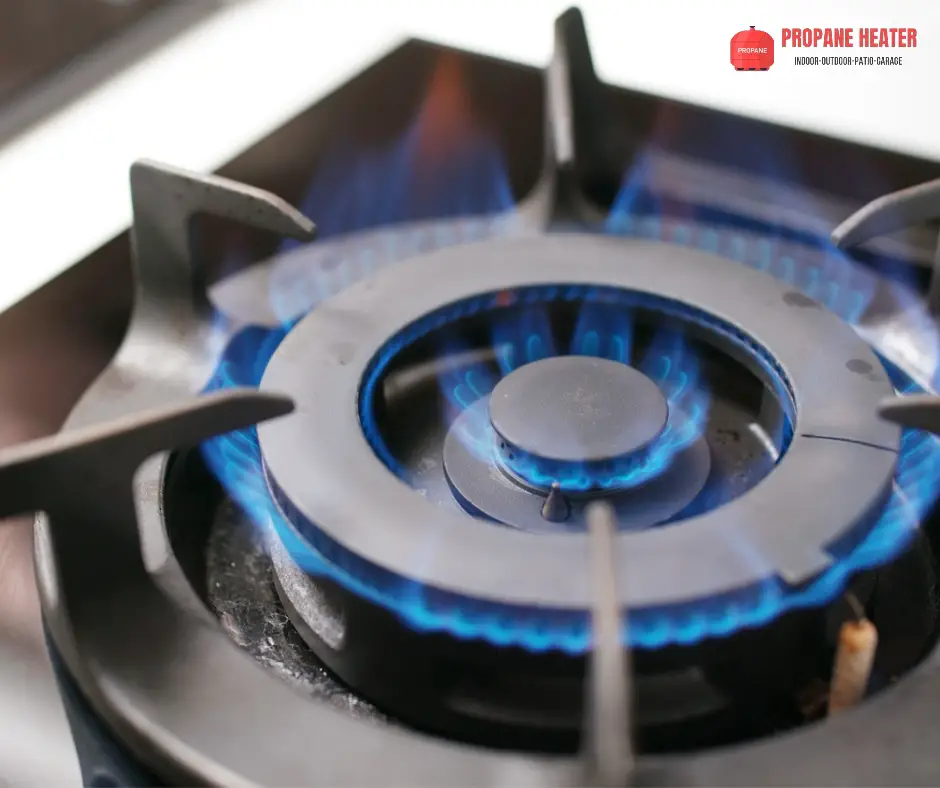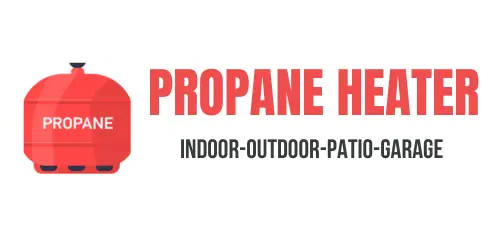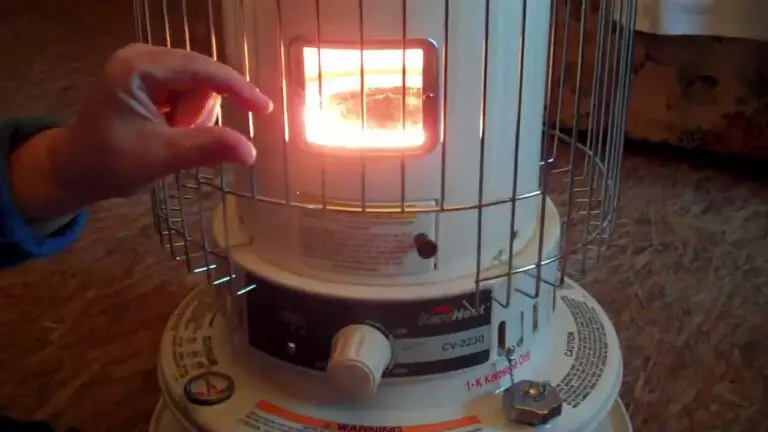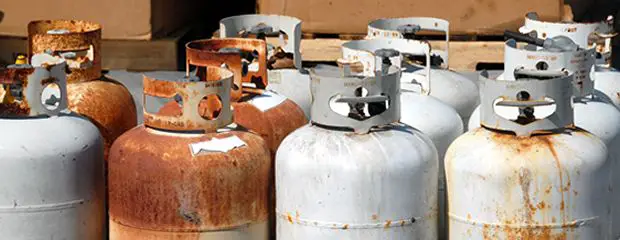
If you live in an area near the Rocky Mountains, chances are good that you know how important it is to adjust your propane heater for high altitudes. High altitudes can affect how well a propane heater performs, and properly adjusting your propane heater for high altitudes can help ensure that it works correctly.
In this article, we’ll go over some of the basics of adjusting a propane heater for high altitude as well as some factors to consider before making any changes.
How Does High Altitude Affect Propane Heaters?
High altitude can affect propane heaters, but they are easy to adjust. Propane heaters need to be adjusted for high altitudes because the amount of oxygen in the air decreases as you go up. The lower air pressure at higher altitudes also decreases the efficiency of propane heaters.
How Do You Adjust a Propane Heater for High Altitudes?
If you are using a propane heater at high altitudes, there are two ways to adjust the output. The first way is by turning the knob on the front of the heater. This will lower or raise the temperature of your room.
The other way to adjust for high altitude is by turning the knob on the back of your propane heater to increase or decrease its output. This will take longer than simply turning it frontwards, but it is an effective method nonetheless.
Lastly, if none of these methods work and you still need more heat from your propane heater, then consider adjusting a valve at top of it that regulates how much gas comes out.
Factors to Consider Before Adjusting Your Propane Heater for High Altitude
Before you adjust your propane heater, there are a few factors to consider.
- The size of your space: If your space is large and open, or if it’s a large room that needs to stay warm, then you may want to consider increasing the temperature setting on your propane heater.
- The size of your room: If you have a larger room than normal—such as an unfinished basement with high ceilings—then increase the temperature setting on your propane heater accordingly. This will ensure that all parts of the room are heated equally.
- The size of your heater: If you’re using a larger-than-normal propane heater (like one that produces more BTUs) then increase its settings accordingly so that it can heat up larger rooms quickly without overworking itself or running out too quickly.
- Temperature desired: If temperatures, in general, tend to dip below freezing at night where you live (or even during daylight hours), then raising the heat setting on both daytime/nighttime settings may be necessary so that things don’t get too chilly inside.
Pros of Adjusting Propane Heaters for High Altitude
There are some benefits to adjusting a propane heater for high altitudes.
Better efficiency: An adjusted propane heater will be more effective and efficient in high altitudes because it’s designed to work with the lower air pressure and oxygen concentration in those areas.
Less chance of fuel problems: Adjusting your propane heater for high altitude can also help prevent issues like carbon monoxide poisoning, which occurs when there’s too much-unburned gas in the air.
Cons of Adjusting Propane Heaters for High Altitude
So you’ve decided to adjust your propane heater for high altitude, but what are the cons of doing so? Well, there are several things to consider before you make this adjustment.
The first thing is that because the air is less dense at higher altitudes, it has less oxygen in it and so when a propane heater burns fuel in such an environment, there’s not enough oxygen available to burn all the fuel being used. This means that adjusting your propane heater for high altitudes can result in decreased performance, as well as increased carbon monoxide emissions from incomplete combustion.
Another thing to keep in mind about this adjustment is that it can also reduce efficiency since less heat will be produced by any given amount of fuel compared with what would be produced at lower altitudes (since more fuel needs to be burned).
Do Propane Heaters Work at High Altitudes?
If you’ve ever wondered if propane heaters work at high altitudes, the answer is yes. They do—but not as well as they do at lower altitudes. If you live in an area with a high altitude, it’s important that you adjust your propane heater to ensure that it operates properly and safely.
Does Mr. Heater Work at High Altitudes?
Mr. Heater’s products are designed to work at altitudes up to 10,000 feet, but they may not work properly above that altitude without adjustment. This is because the fuel needs less oxygen as it rises in elevation and this causes some of the propane to be lost before it reaches the heater. As a result, your heater’s flame will be too small for it to heat effectively at high altitudes.
If you want your Mr. Heater product to work correctly in an area with a higher elevation than where it was originally manufactured/designed, then you need to adjust its settings so that it uses less propane per hour (referred to as BTU output).
Does Altitude Affect BTU?
The higher you go, the lower your air pressure and the less oxygen there is in the air. This means that at higher elevations, it will be more difficult to start a fire or get a stove to light. It also means that if you set your propane heater at its highest setting (and therefore maximum BTU output), it’s going to take longer for the heat to kick in and make itself felt in your living space.
Does Altitude Change the Heat Capacity of Propane Heaters?
Yes, it does. The higher you go in elevation and the temperature decreases as well. At sea level, propane has a heat capacity of about 3,000 BTU per pound. But as you climb to higher altitudes, its heat capacity changes proportionately—about 2 percent for every 1,000 feet (305 meters) above sea level.
So at 8,000 feet (2,438 meters), your heater will have an approximate 1/3 lower heating value than it did at sea level because there is less oxygen available to burn the fuel properly.
Conclusion
So, how do you adjust a propane heater for high altitudes? The key is to make sure that it has enough fuel to run at its intended level of heat output. This may require increasing the amount of propane in the tank or changing out the fuel line and regulator (if they are old). Adjusting a propane heater for high altitudes can be tricky, but with some research and testing on your part, you’ll be sure to find the best solution for your needs!

I am Richard A. Jackson man behind propane heating solution, An HVAC expert working as a team lead of the heating department, Provide services all over the USA (around all major cities), and from planning to implementation, you will get all your solution here. We provide various tanks (propane and other natural gases) and deal with disposable waste.




